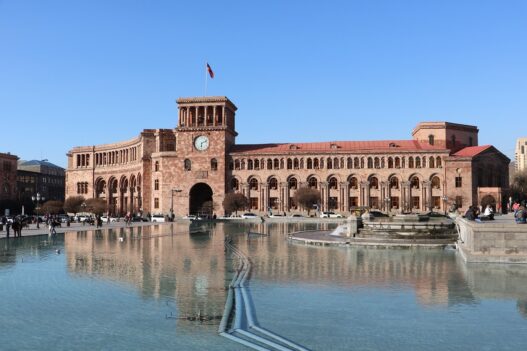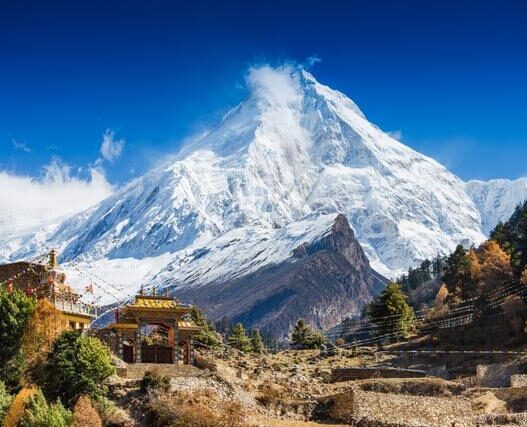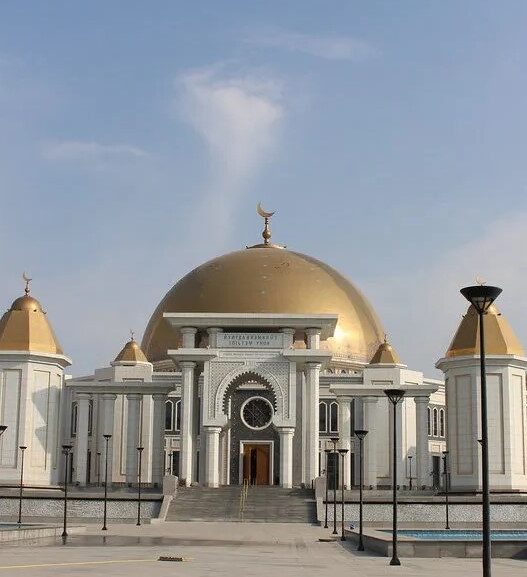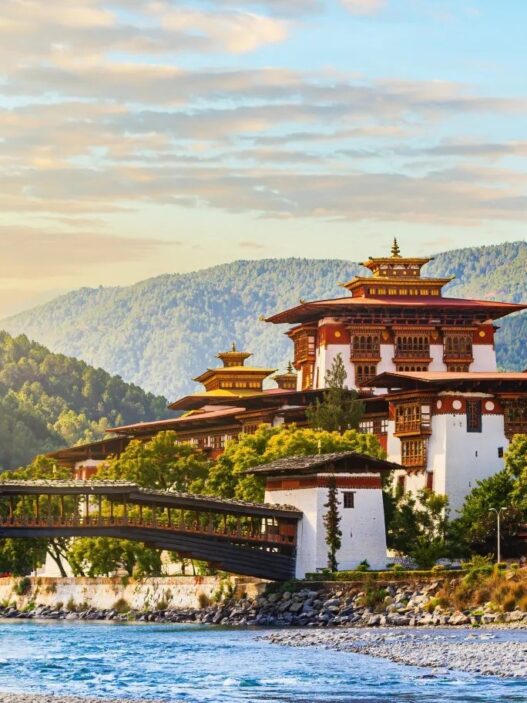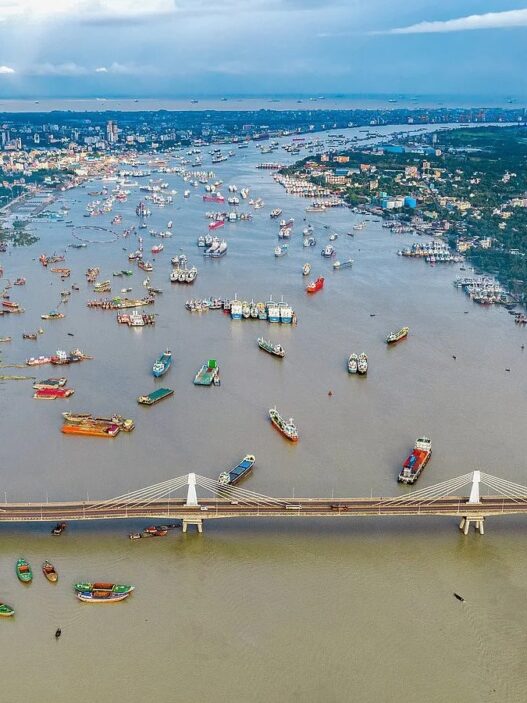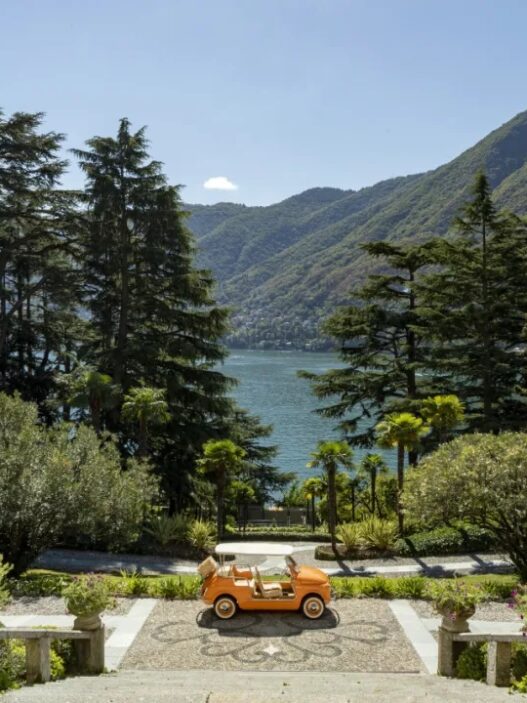Armenia is a country that carries a deep sense of history and sorrow. Known as the first Christian nation in the world, it is a place where ancient monasteries stand in awe, and legends like the resting place of Noah’s Ark come to life.
Must-Visit Destinations
Yerevan Cascade
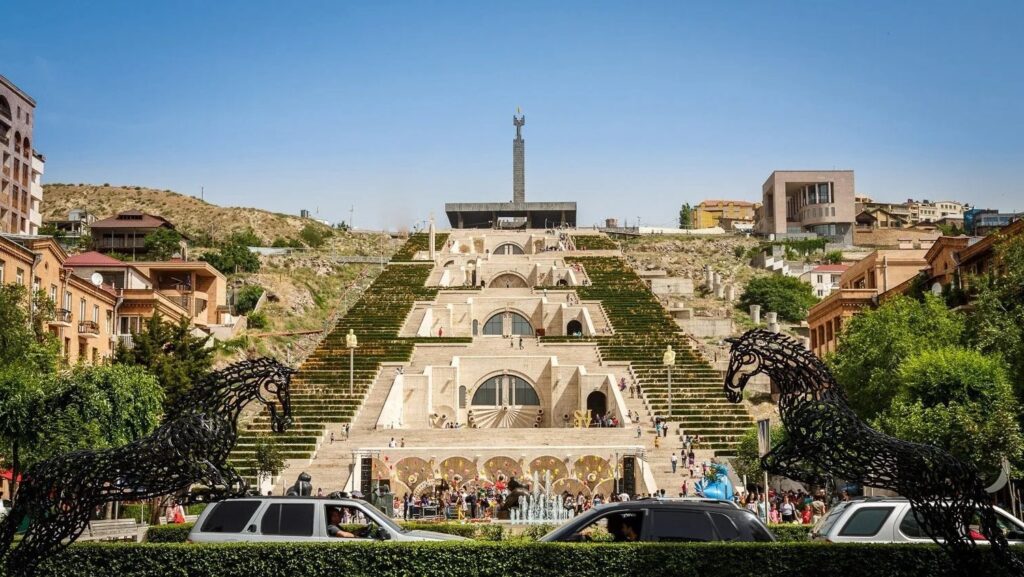
A true artistic landmark in the heart of Yerevan, Cascade is a stunning staircase adorned with sculptures and fountains. Visitors can’t help but be enchanted by the panoramic views it offers of the city and Mount Ararat. This is a perfect spot for anyone wanting to embrace the artsy spirit of Armenia’s capital.
History Museum of Armenia
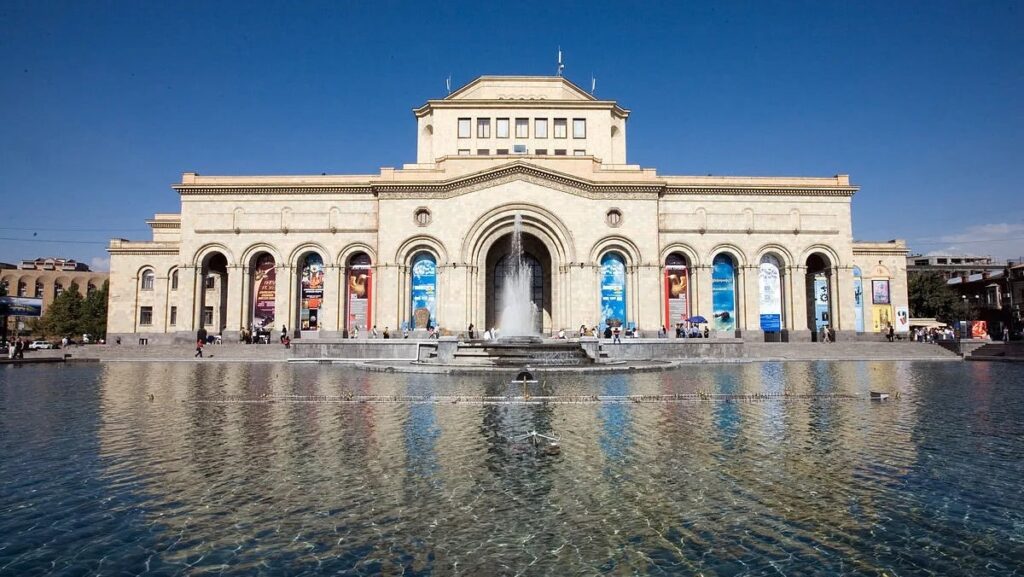
Dive into Armenia’s rich past at the History Museum of Armenia. Home to an extensive collection of artifacts from ancient to modern times, this museum is a great way to immerse yourself in Armenia’s cultural evolution. Be sure to spend at least four hours here to truly appreciate the deep history, with highlights like the iconic woolen carpets.
Republic Square
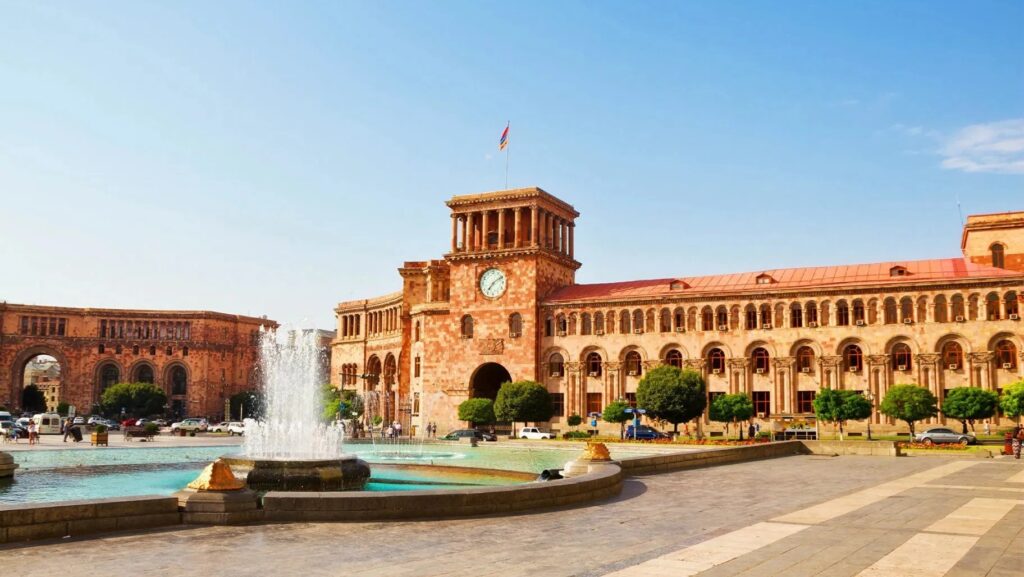
Located in the heart of Yerevan, Republic Square is a symbol of the city’s cultural and political significance. Surrounded by government buildings, museums, and galleries, this lively square is a hub for local events and performances, making it a fantastic place to soak in the culture. In the evening, enjoy the bustling atmosphere, vibrant cafes, and outdoor markets offering Armenian delicacies.
Armenian Genocide Memorial
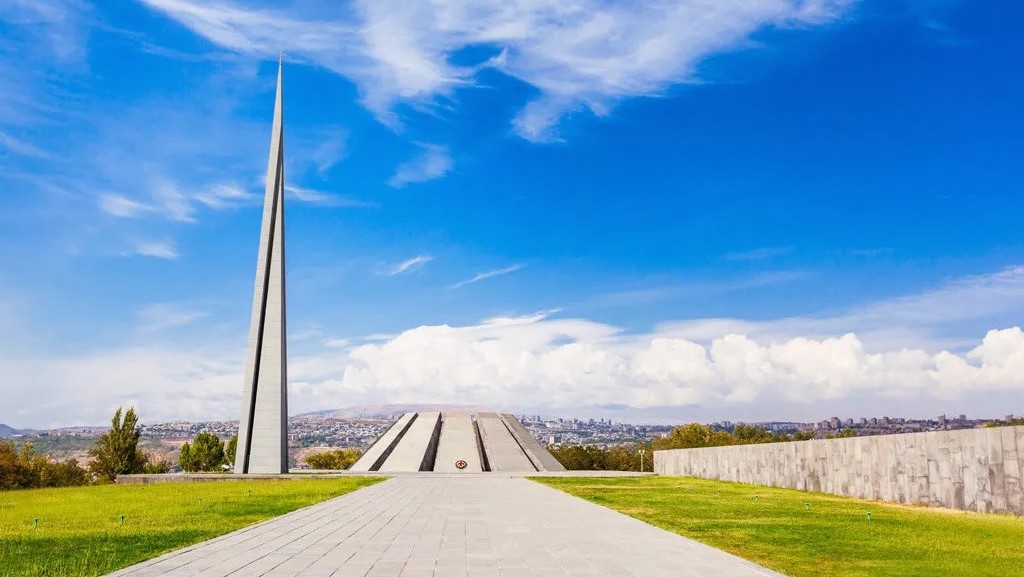
A somber yet significant site, the Armenian Genocide Memorial is dedicated to remembering the victims of the tragic events in Armenian history. This memorial provides important context to understanding the nation’s painful past and the strength of its people.
Saint Gregory the Illuminator Cathedral
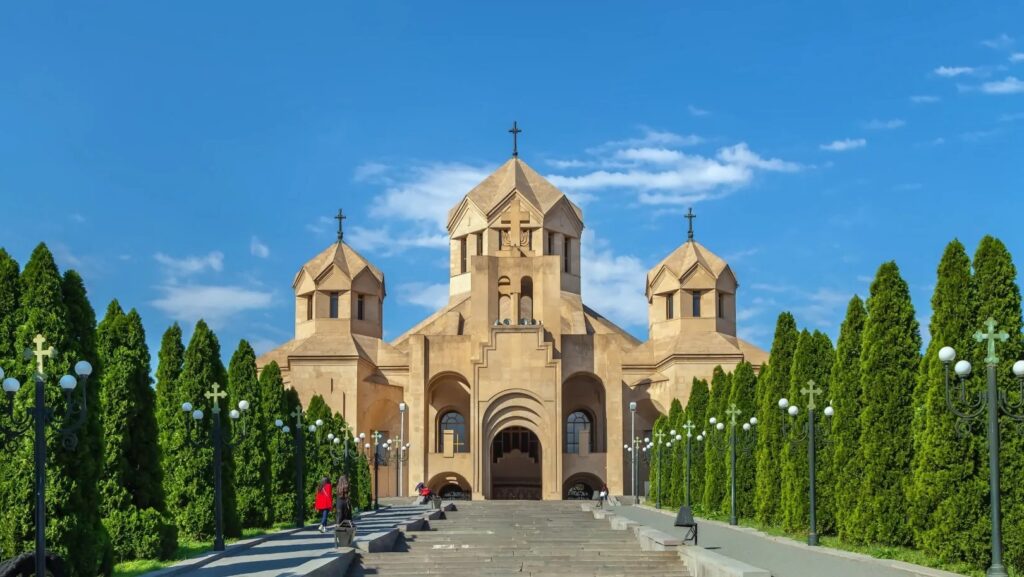
This landmark cathedral is not only a symbol of Armenia’s religious history but also an architectural marvel. Saint Gregory the Illuminator Cathedral is a must-visit for those interested in experiencing the grandeur of Armenia’s spiritual heritage.
Pagan Temple of Garni
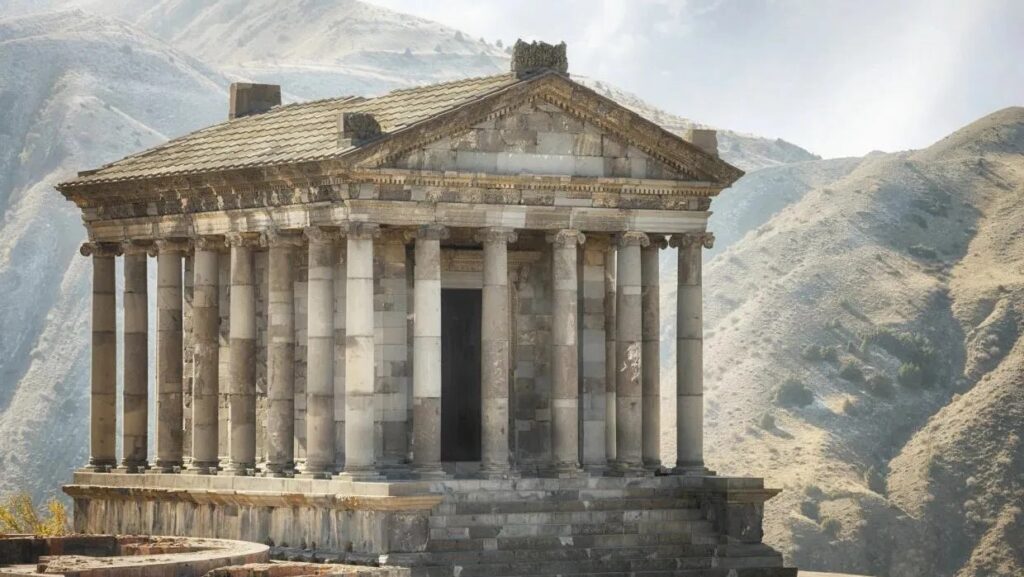
Perched on a cliff overlooking the Azat River Valley, the Pagan Temple of Garni is an exceptional example of ancient Greek-style architecture. This temple is a stunning reminder of Armenia’s deep historical roots and offers picturesque views, making it a photographer’s paradise.
Sevan Lake
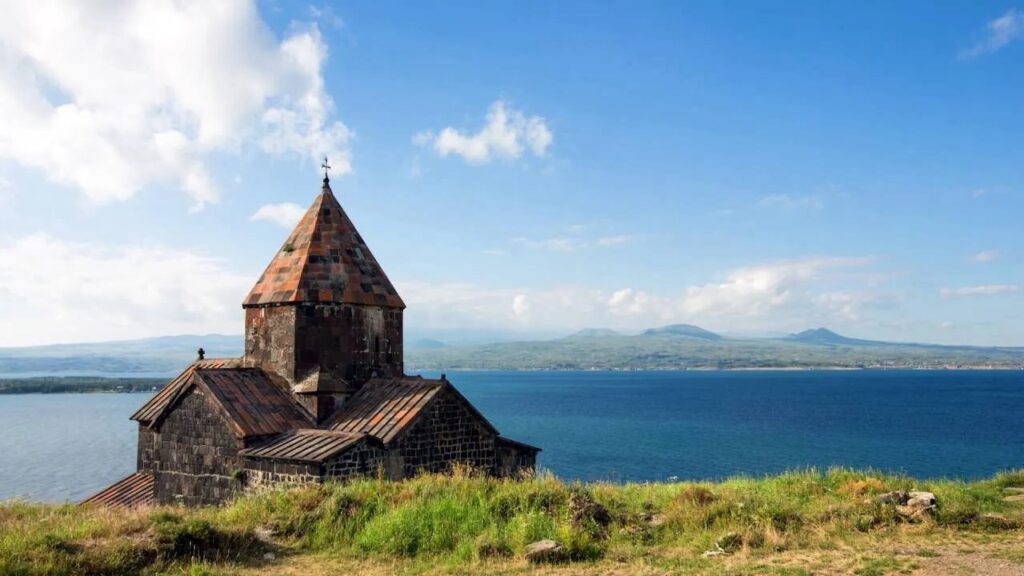
One of Armenia’s most breathtaking natural wonders, Sevan Lake is a must-see destination for nature lovers. The lake’s shimmering blue waters, surrounded by lush hills, create a tranquil escape. You can enjoy the scenery while dining at lakeside restaurants or try activities like fishing, swimming, or jet-skiing.
Haghpat and Sanahin Monasteries
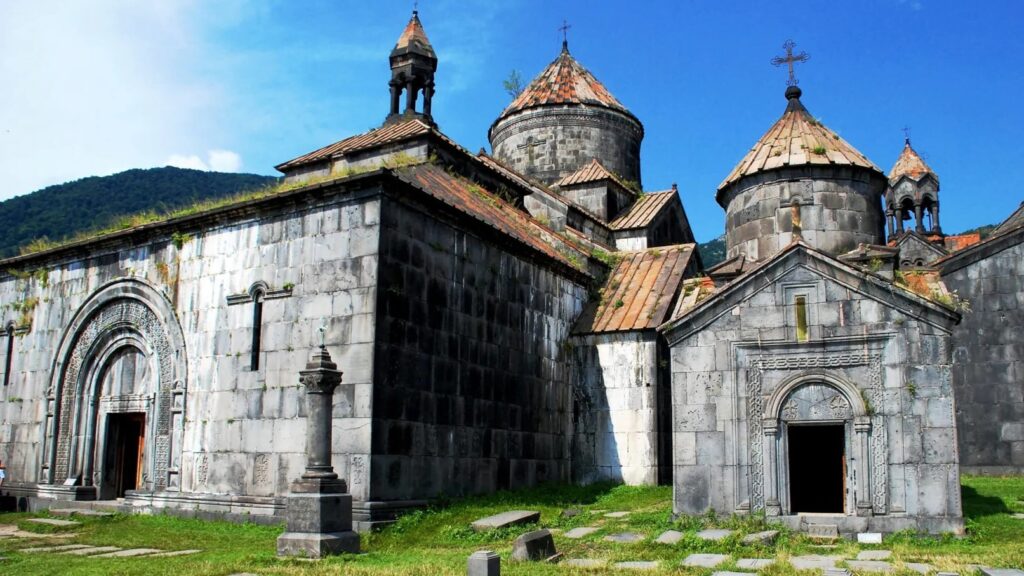
These UNESCO-listed Haghpat and Sanahin monasteries are architectural gems that represent the peak of medieval Armenian design. Comprising cave-like churches and tombs, these sites offer a fascinating glimpse into Armenia’s unique religious heritage.
Geghard Monastery
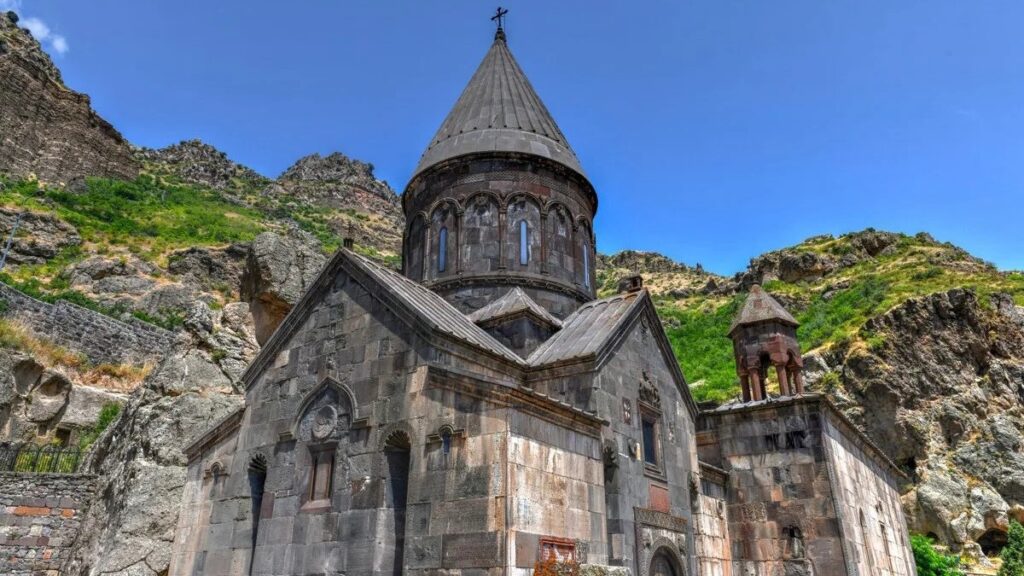
Nestled in a steep gorge, Geghard Monastery is a masterpiece of Armenian architecture. Its serene setting and historical significance make it an ideal spot for introspective exploration and appreciation of ancient craftsmanship.
Mount Ararat
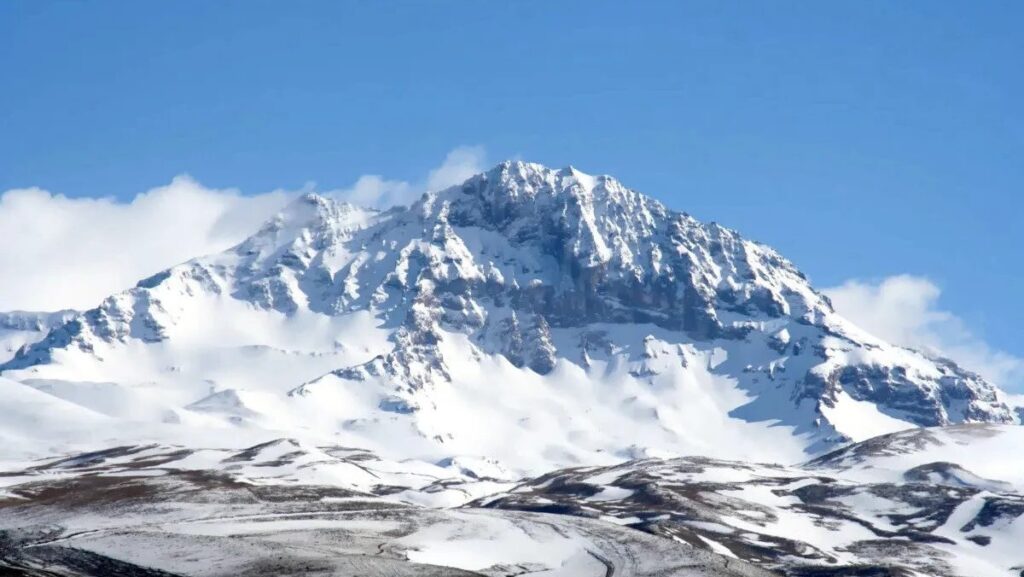
The majestic Mount Ararat, Armenia’s highest peak, is an iconic symbol of the country. Covered in snow year-round, it attracts mountain climbers from around the world. Whether you’re an avid hiker or simply an admirer of majestic landscapes, this peak offers unforgettable views.
Essential Armenian Cuisine
Khorovats

This Armenian-style barbecue, made from lamb marinated with spices and herbs, is a celebratory dish often served during holidays and family gatherings.
Khash

A hearty breakfast dish made from boiled cow feet, Khash is a traditional Armenian soup known for its rich flavor. Perfect for warming up during cold winter mornings.
Basturma

This air-dried, garlic-spiced lamb is a unique and flavorful appetizer known as Basturma. It’s often served as a starter or as part of a meze platter.
Lahmajun

An Armenian take on pizza, Lahmajun is a thin flatbread topped with seasoned lamb and vegetables. It’s a simple yet flavorful dish popular among locals.
Dolma

Made from vine leaves stuffed with a mix of rice, herbs, and minced meat (sometimes vegetarian), Dolma is a beloved dish that’s both flavorful and satisfying.
Ghapama

A sweet and savory stuffed pumpkin dish, Ghapama combines rice, dried fruits, and nuts, making it a traditional Armenian favorite often prepared during the holiday season.
Best Time to Visit Armenia
Climate
Armenia, located between 38.5° to 41.18° North and 43.27° to 46.37° East, experiences a subtropical highland climate that varies with altitude. Winters are cold, with temperatures dropping as low as -2°C in January, while summer temperatures hover between 24°C and 26°C. The country receives an average annual rainfall of 200 to 800 mm.
Best Travel Seasons
Spring (March – April)
Weather: Gradually warming, with nature coming to life.
Scenery: Mountains and grasslands are lush and green, flowers bloom, and the air is fresh.
Crowds: Relatively fewer tourists, offering an opportunity to explore local culture and history in a more intimate setting.
Summer (May – July)
Weather: Hot and sunny, ideal for outdoor adventures.
Activities: Hiking in the mountains, swimming, and enjoying water sports at lakes and rivers.
Culture: Summer is also a peak period for local festivals, providing a vibrant cultural experience.
Autumn (August – September)
Weather: Cool and pleasant, with beautiful fall foliage.
Activities: It’s harvest time in the vineyards, and you can enjoy fresh grapes and wine. Autumn is perfect for visiting monasteries and experiencing their tranquil atmosphere.
Winter (November – February)
Weather: Cold, with snow-covered landscapes.
Activities: If you enjoy winter sports, this is the perfect time for skiing and snowshoeing. Additionally, the country offers warm thermal baths, ideal for relaxation after a day of snowy adventures.





